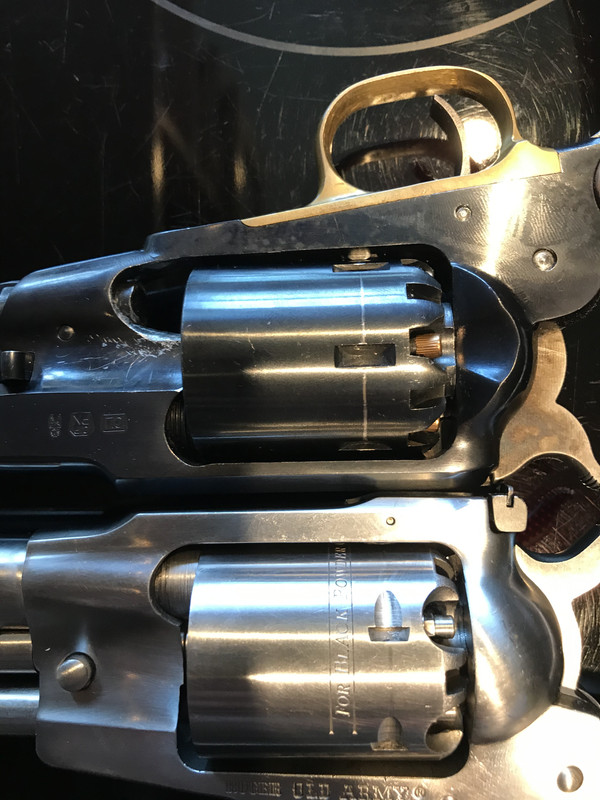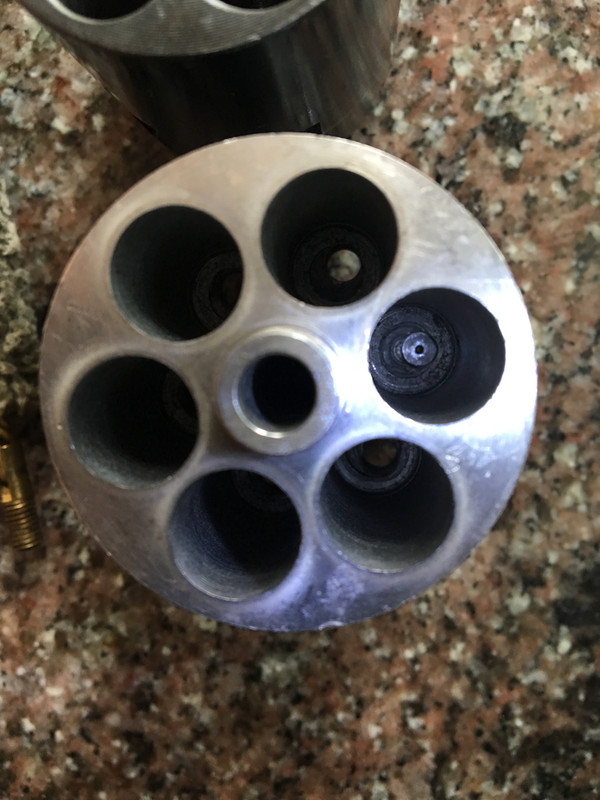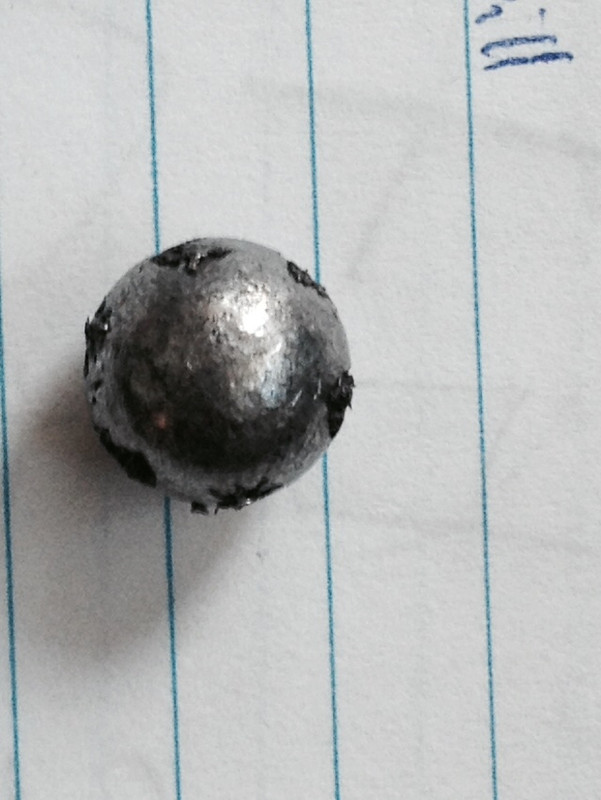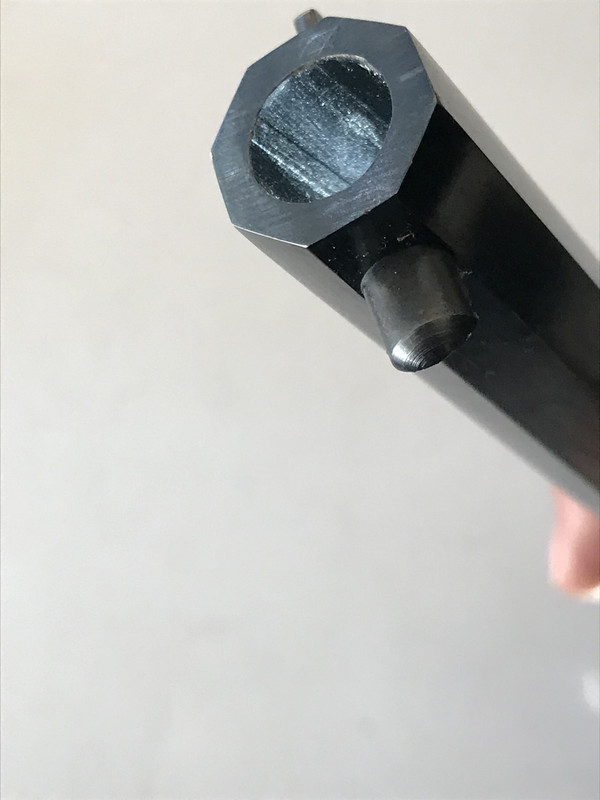I’ve got more than nine Pietta NMAs, a mix of Sheriff and standard models of various manufacturing dates, and when I measured them I remember them being pretty consistent, .438 +/-.001” bores, and .450 +/-.001” groove diameter. I used gauge pins to check the bore diameter, then slugged the barrel and measured the grooves on vision system. Find it somewhat difficult to get repeatable dimensions measuring slugs from these and other barrels with odd numbers of grooves/lands with mics or calipers. Opposite every land is a groove and you have to be very careful to get constant and accurate dimensions, at least in my opinion.













